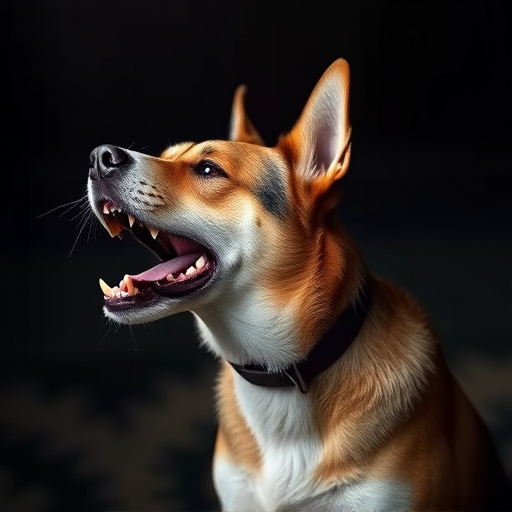To optimally place ultrasonic repeller devices (URDs) for pet deterrence, consider: 1) pet behavior and frequent areas; 2) strategic positioning near entry points at eye level or elevated; 3) device size and coverage area for indoor/outdoor use; 4) multiple units along perimeters and problem spots for a continuous barrier; 5) regular testing and adjustments to prevent habituation. Customization based on room layout, pet patterns, and sound reflection enhances URD effectiveness without unnecessary activation or discomfort.
“Discover the revolutionary power of Electronic Pet Deterrents with Adjustable Settings. This comprehensive guide explores how ultrasonic repeller devices, a non-harmful and eco-friendly solution, can keep unwanted pets at bay. We break down the science behind these devices and highlight key factors for determining the best placement for ultrasonic repeller devices to ensure maximum effectiveness. Learn how to set personalized preferences tailored to your specific needs.”
- Understanding Ultrasonic Repeller Devices
- Key Factors for Optimal Placement Strategy
- Setting Personalized Deterrent Preferences
Understanding Ultrasonic Repeller Devices
Ultrasonic repeller devices are a popular choice for pet deterrents, emitting high-frequency sound waves that are inaudible to humans but irritating to animals. These devices work by creating an unpleasant sensation in pets, encouraging them to avoid certain areas. The best placement for these devices is strategic; they should be located near the entry points of unwanted areas like gardens or specific rooms where pet problems occur. Positioning them at eye level or slightly elevated ensures maximum effectiveness as pets are more sensitive to sounds from this angle.
Additionally, it’s important to consider the size and coverage area of the device. Smaller devices may be suitable for indoor use, while larger models can protect outdoor spaces. The ultrasonic waves travel in a cone-shaped pattern, so placing them at key points along perimeters or in problem areas will create a continuous barrier that discourages pet intrusion. Regular testing and adjustment of settings ensure the device remains effective over time as pets may grow accustomed to the sound if it’s consistent.
Key Factors for Optimal Placement Strategy
When determining the best placement for ultrasonic repeller devices, several key factors come into play to ensure optimal effectiveness and minimal disruption. The first consideration is the type of pet and their behavior; different animals have varying responses to ultrasonic waves. For instance, cats are more sensitive to high-frequency sounds but may not react as strongly to motion-activated triggers, whereas dogs might be influenced by both audio and visual cues.
Location is equally crucial. These devices work best in areas where pets tend to linger or enter frequently, such as near doors, windows, or common gathering spots. However, strategic placement should also account for potential human interaction zones to avoid unnecessary activation and ensure the safety of household members. Additionally, factors like room size and layout influence the device’s range and frequency projection, so careful positioning is essential for consistent performance.
Setting Personalized Deterrent Preferences
When setting up an electronic pet deterrent, one of the key aspects is personalizing your preferences to suit your specific needs. This involves determining the best placement for ultrasonic repeller devices. As a general rule, place these devices in strategic locations where your pets tend to linger or exhibit unwanted behaviors. For example, if your cat likes to scratch certain furniture, positioning the device near those items can help deter them.
Consider factors like floor plan layout, the behavior patterns of your pets, and even sound reflection to optimize the effectiveness of ultrasonic repellers. The best placement often involves aiming the devices at problem areas while ensuring that the sounds are not too loud or obtrusive in other parts of your home. This careful arrangement allows for a more nuanced approach to pet deterrence, addressing specific issues without causing discomfort or disruption.
Ultrasonic repeller devices offer a humane and effective way to deter pets from unwanted areas. By understanding their functionality, considering optimal placement strategies, and setting personalized preferences, pet owners can create an environment that respects both their comfort and the well-being of their pets. When strategically positioned, these devices can be the best solution for managing your pet’s behavior while ensuring a peaceful coexistence.
